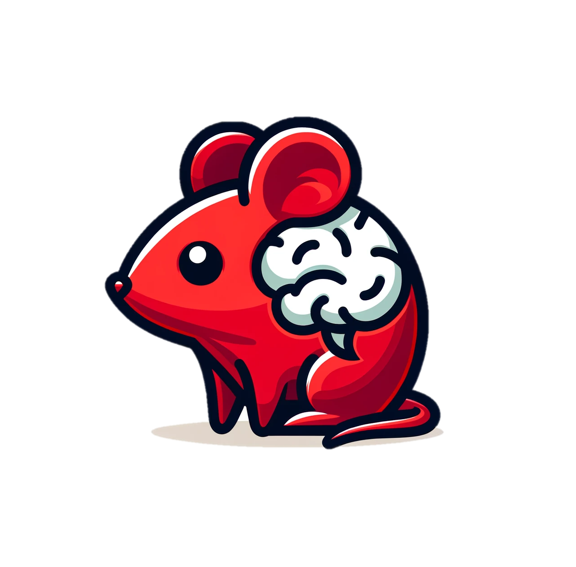My Projects

NEURAL NETWORK VISUALIZER
Interactive tool for visualizing and interacting with logic gate neural networks, enhance transparency in AI decision-making.

ECOLOGIC
Implemented Differentiable Logic Gate Networks on FPGAs for increased inference speeds and reduction in power consumption.
DINOJOURNEY
Mobile mental health companion app that pairs users with a supportive dinosaur pet, promoting well-being without guilt.

SALIENCYSLIDER
Web application that allows users to upload images and explore how a CNN classifies images based on specific regions, using a saliency slider for feature visibility.

ASA DATAFEST
Data analysis presentation using CourseKata data for the University of Florida's largest annual Data Science competition. Awarded best overall project.

DINODETECT
This project involved creating a Discord Bot that uses Sentiment Analysis to detect cheating, sentiment, and toxicity in server communications.

ADAPTREE
AI-powered educational platform that creates personalized learning pathways based on user's background. It secured finalist standing at the 2023 AI Days Hackathon.

REGRESSIVE REASONING
A machine learning project focused on classifying brand logos with a 95% validation accuracy, utilizing tensorflow and EfficientNet on UF's HiPerGator supercomputer.

NEURONAL ANALYSIS
This project involved leading gene analysis of house mouse in R, using machine learning algorithms to decode neuronal network patterns from RNA-seq datasets.

BUDGET BUDDY
Flutter based app developed to assist in financial planning, featuring dynamic graphs and sorting algorithm analyses for efficient budget management.

